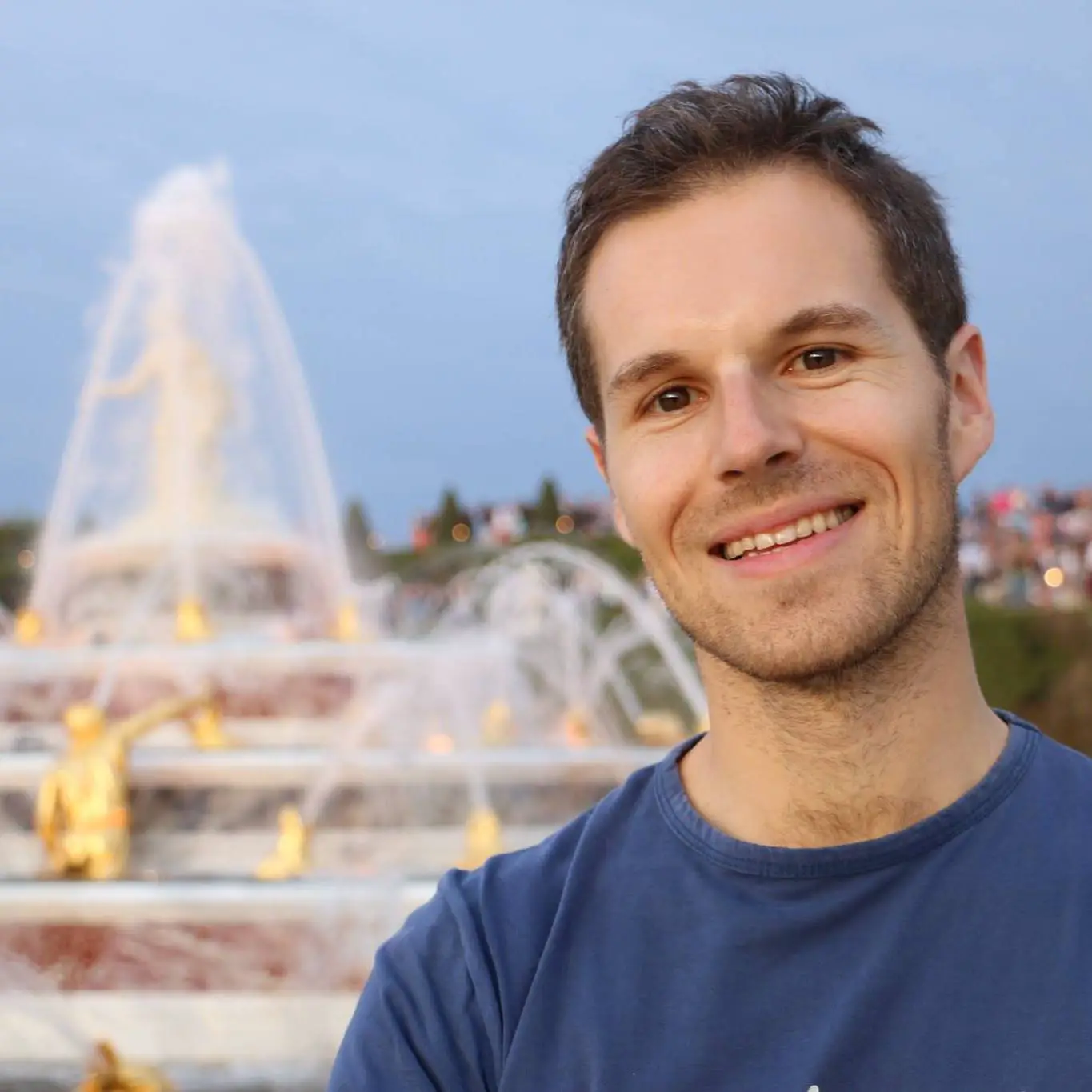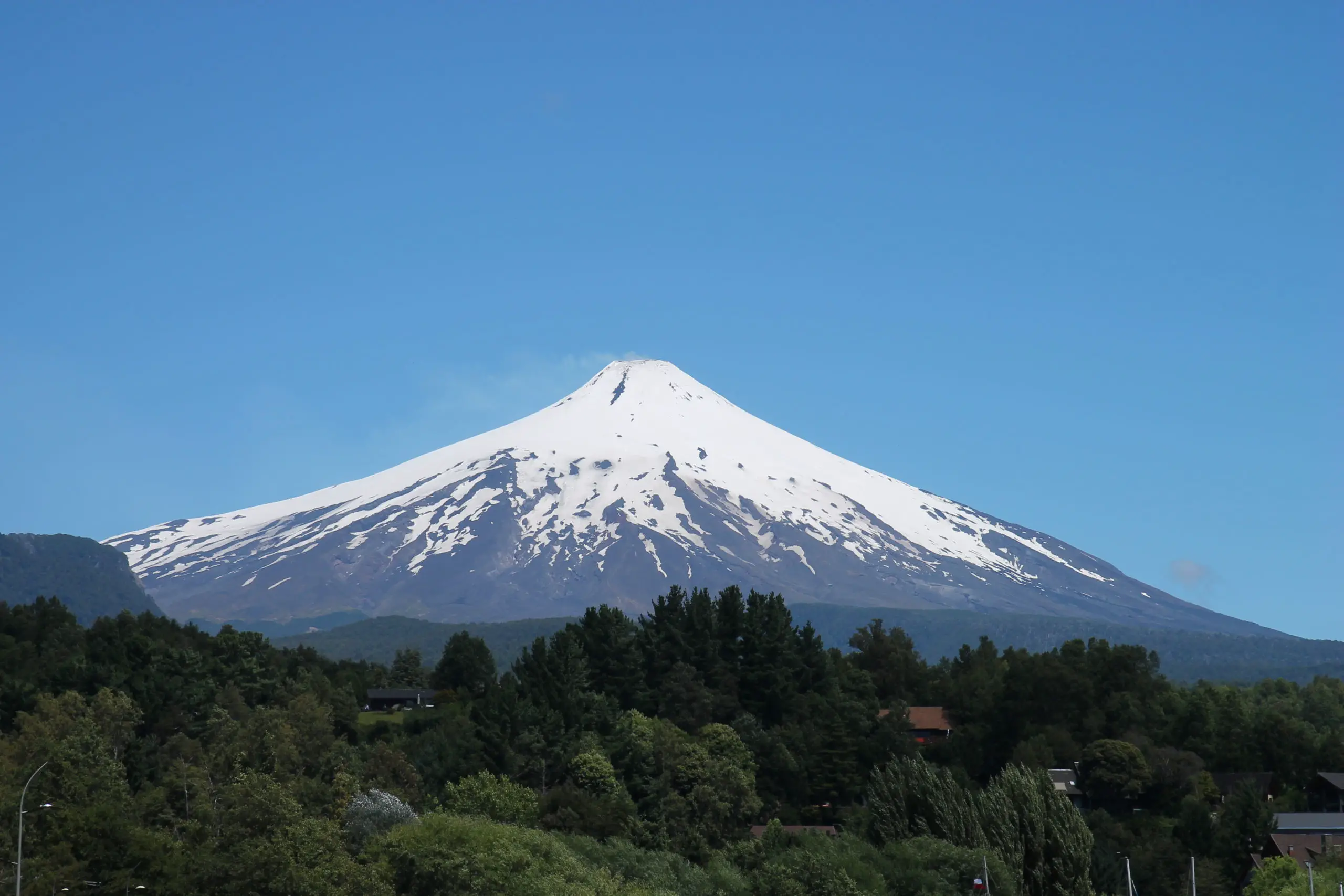Table of Contents
What to Expect when Climbing Volcano Villarrica
Those looking for a physical challenge in a stunning locale need look no further than the Volcano Villarrica in Pucon, Chile. Standing at 2,847 metres, the volcano takes the better part of a day to climb. It is one of Chile’s most active volcanoes, although its last eruption was in 1984.
Preparing for the Hike and Choosing a Guide
Unless prospective climbers are experienced ice trekkers, it is best to join a local guide for the trek to Villarrica’s smoking peak. There are several companies in Pucon who offer guided tours to the summit starting from 30,000 Chilean pesos (US$55). Most tours include climbing equipment (waterproofs, boots, ice axe, crampons etc) and transport between Pucon and the volcano. It is the climber’s responsibility to bring snacks, water and sunscreen.
Most tour companies recommend that potential trekkers have a moderate level of fitness, as an approximate five hour uphill climb requires a certain amount of perseverance.
Keep in mind that the completion of the trek is reliant on the weather, as guides will not begin or continue a climb if rain or wind would make it dangerous. If the conditions look uncertain, the guides will give their group a choice of continuing (and possibly having to turn back) or aborting the climb with a full refund.
On the Day – What to Expect When Climbing Volcano Villarrica
Before setting off, a guide will give the group a tutorial on how to use their ice axes. These will act as a walking aid and also as a ‘brake’ in the event of a fall. It is important to always keep the axe on the hill side of the volcano to provide stability and balance when trekking. As the guide will lead a zigzag path up the incline, this will involve continually swapping the axe between hands.
The guides set the pace as well as the number of breaks along the way. With many years of experience behind them, they seem to know just how much their group can endure before a rest is needed. If for any reason one of the group members is unable to complete the trek, one of the supporting guides will take them down again, where they can await the return of their group or be transferred back to Pucon.
While much of the climb is hard work, there is still time to take in the stunning views and capture them with cameras. Distant volcanoes, an emerald lake and rocky mountains are just some of the delights to be enjoyed. In the event of cloud cover, climbers will experience a true winter wonderland as the trek takes them above the clouds and into a world of breathless beauty.
Closer to the top of the volcano, snow becomes ice and it becomes necessary to put on gaiters and crampons. The gaiters protect the legs and ankles from the teeth of the crampons, which grip the ice and provide traction over slippery patches.
Reaching the Peak
Summiting the volcano is a triumphant affair, as after several hours trekking, the relief in reaching the top is equal to the climber’s pride of having done so. While only limited time is spent at the summit, trekkers won’t miss their chance to inhale some sulphur-thick smoke and take some ‘conquering hero’ snapshots.
The descent, while introducing pain to a whole new muscle set, is not without its moments of fun. Once the crampons are off, it is possible to slide down sections of the volcano, transforming the once imposing mountainside into a fun park.
The Perfect Reward for Conquering Chile’s Volcano Villarrica
At the end of the day, climbers may be aching in every inch of their body, but this will barely even dint their feelings of accomplishment. They should also be comforted by the knowledge that only a short bus ride away are the Los Pozones thermal baths, just begging to ease overworked muscles and transport tired trekkers to a world of bliss.

Avid traveler, journalist and writer, he moved away from his native France back in 2006 and settled in Chile. After visiting the country North to South, learning extensively about its culture, History, gastronomy, Thomas started to work as a tour guide. He liked it so much that he ended up creating his own tour agency in Valparaiso, where he lives today. You can visit my site at: https://chileprivatetours.com/
